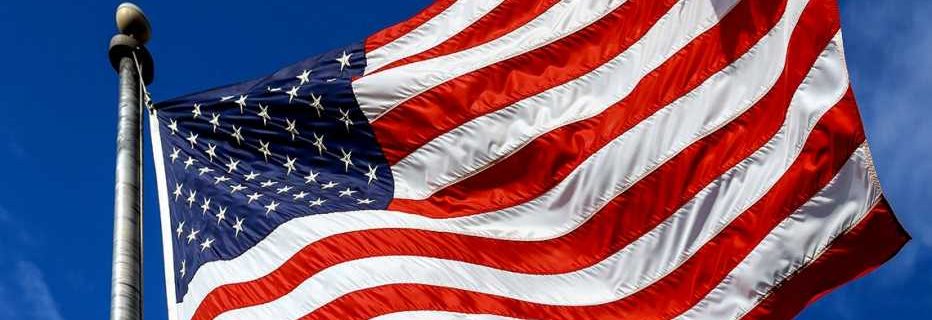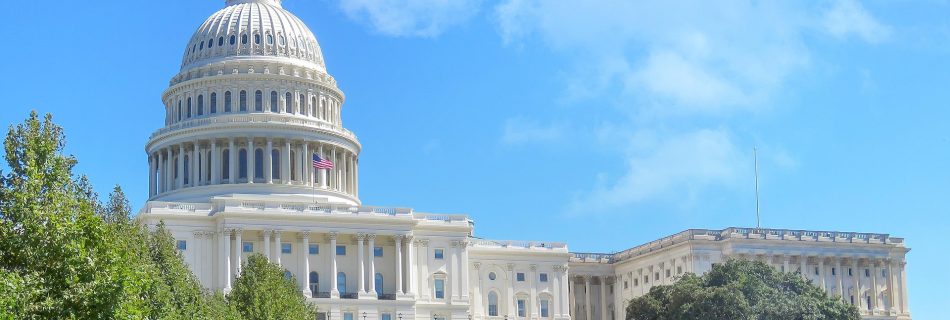UNITED STATES MARKET ENTRY
JAPAN MARKET ENTRY
Business Process Outsourcing
- When you would like to ask outsourcing for learning, please feel free to register from here.
- When you feel there are too many services, it’s better to contract CSO Sharing first.























No post found
Public Sector Business Planning
HEALTH CARE NEW BUSINESS PLANNING
SASAL Prop Trading – Market Crash Due to Trump’s Tariff Policies
How To Boost Sales Through Effective Branding
1 st
To begin our collaboration, we recommend starting with a simple and cost-effective contract to better understand each other’s business background and ensure we provide genuine support
2 nd
If your corporation believes we can support your business, SASAL recommends starting with Business Planning as the next step.
3 rd
At SASAL, we offer a range of services shaped to meet the specific needs of our clients. Our goal is to share our expertise and adapt our offerings based on client demand. If the service you’re looking for isn’t currently available, please don’t hesitate to reach out. We are open to discussing your needs and exploring potential solutions through customized contracts.







